Myths and legends swirl around the early days of Venice. I have written about the traditions connecting St Mark with the city here. There is however one sacred connection that matters even more to the city.
Tradition tells us that Venice was established on March 25th, 421: the feast of the Annunciation. The first stone was laid at the place now known as the Rialto: it was the foundation stone of Venice’s first church, San Giacomo di Rialto.
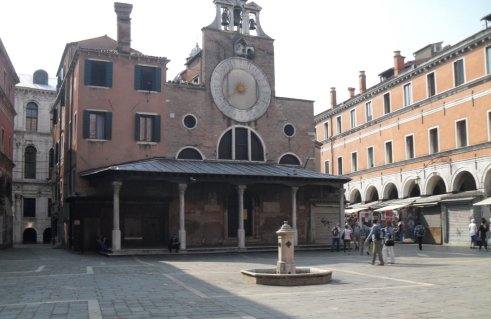
Is the date real or contrived? No-one knows, but it has added enormously to the folklore of Venice. At the Annunciation, God created the Saviour of the world in the womb of a virgin. In 421, it is said, he created Venice in a virginal landscape, a city destined for world greatness. Patronage of the Virgin is a common feature of many Italian cities, Siena being the obvious example. Venice takes this one step further by adopting the link with the Annunciation. Images of St Mark and of the lion crop up everywhere in Venice. Annunciation images aren’t so frequent, but their location is significant.
A painting that sums up Venice’s thoughts on the Annunciation are well summed up in this painting by Bonifacio de Pitati, also known as Bonifacio Veronese. It dates from the 1540s and is now in the Accademia in Venice. Once a triptych, the panels are now separated. I have done my best to reconstruct the triptych format.

Let's search Venice for more images of the Annunciation.
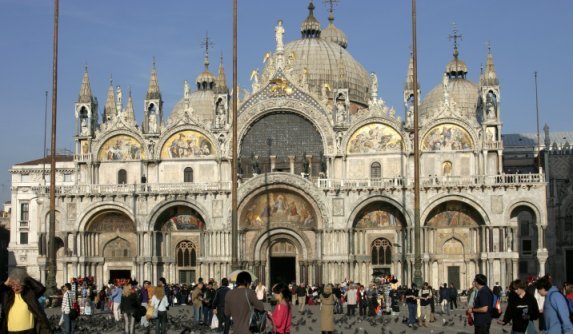
The Basilica of San Marco. So much to see, but the features we are looking for are not that easy to spot. Look at the six cupolas high up on the facade. Below is the furthest left cupola, with a statue of the Virgin, and the furthest right, with the angel Gabriel.
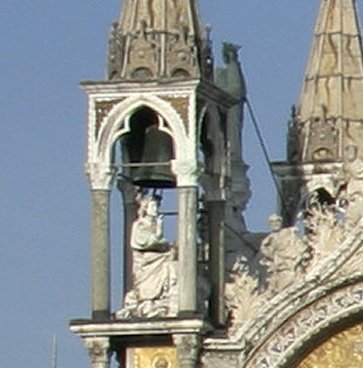
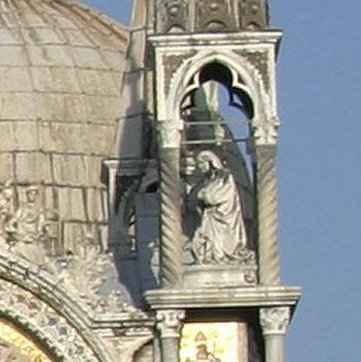
On to the Rialto, the place where Venice was founded on that special date. The Rialto Bridge is a tourist highlight, but how many visitors notice the carvings on the south face of the bridge? Yes, the Virgin and the angel gaze at each other across the waters of the Grand Canal.
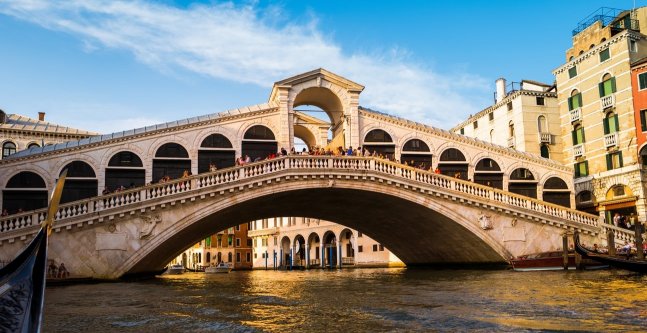
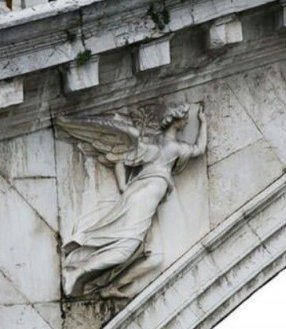

So the Annunciation is central to Venice's sense of self-identification. But St Mark is not to be left out of the story. Once you have passed under the bridge in you north-bound vaporetto, turn round quickly; there he is, gazing down at you.

Art in context index Home page - enjoy the site